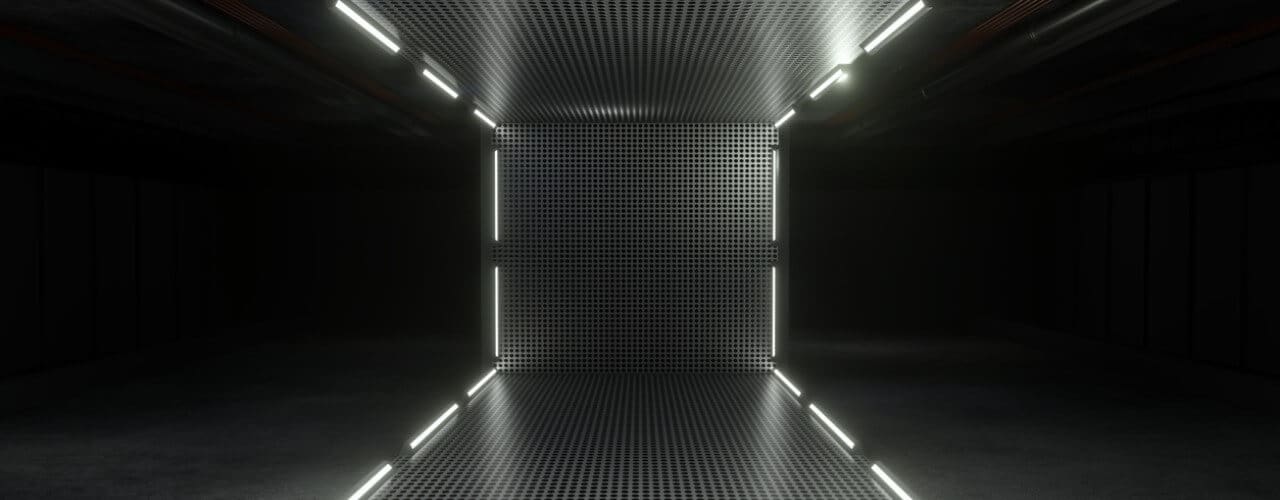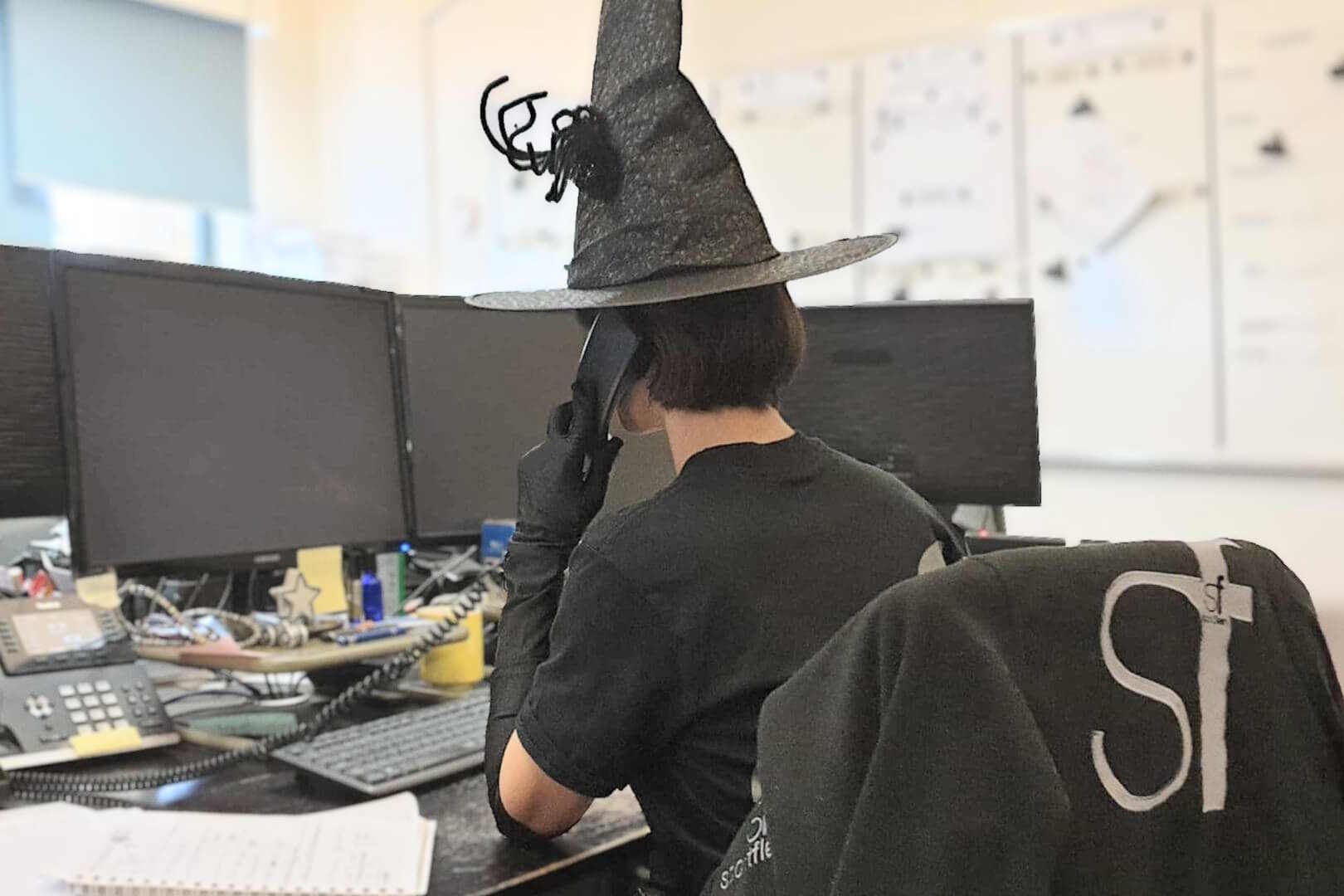Everything You Need to Know About Event Staging
Everything You Need to Know About Event Staging
Event stage design is an intricate and creative process that plays a crucial role in the success of any event. Whether it’s a corporate function, a music festival, or a theatrical production, the stage is the focal point where all eyes rest. In this comprehensive guide, we’ll explore the ins and outs of event staging, the role of event staging companies, and why it’s crucial in bringing an event to life.
The Role of Event Staging Companies
Event stage design is an intricate blend of artistic vision and technical expertise, crucial in transforming any event into a memorable experience. It starts with a deep understanding of the event’s theme and objectives, followed by a creative process where designers craft a visual story that aligns with these goals. This stage involves meticulous planning, from conceptual sketches to detailed 3D renderings, ensuring every element – lighting, sound, visuals, and set pieces – harmoniously integrates to enhance the narrative. Moreover, the design must be practical and safe, accommodating technical requirements and performer interactions. Ultimately, event stage design is about creating a captivating environment that not only engages the audience visually and emotionally but also flawlessly supports the event’s overall flow and message.
Key Elements of Event Stage Design
- Layout and Structure
The layout is the backbone of stage design. It involves strategising the spatial arrangement to maximise visibility and engagement. Factors like the size and shape of the stage, the placement of entry and exit points, and the integration of different levels or platforms are crucial. This structural planning must balance aesthetic appeal with practical considerations, such as audience sightlines and performer movement. - Lighting
Lighting is a dynamic tool that can dramatically alter the mood and atmosphere of an event. It’s not just about illuminating the space; it’s about using light to highlight key areas, create depth, and enhance textures. Designers choose from various lighting techniques, such as spotlights, ambient lighting, and colour washes, to evoke emotions and direct the audience’s focus. - Sound
Sound design is essential for clarity and immersiveness. It’s about ensuring that audio, whether music, dialogue, or effects, is clear, well-balanced, and appropriately distributed throughout the venue. This involves choosing the right sound equipment, strategically placing speakers, and considering acoustics to prevent echoes or sound bleeding. - Visuals and Projection
Visual elements like backdrops, LED screens, and projection mapping play a significant role in storytelling. They can transport the audience to different worlds, display important information, or add an extra layer of spectacle. The choice of visuals must align with the event’s theme and be seamlessly integrated into the overall design. - Scenery and Props
Scenery and props add tangible depth to the stage. They help set the scene, support the narrative, and add aesthetic value. The design of these elements should be consistent with the overall theme and designed for quick changes if necessary. - Technological Integration
Advanced technology, such as augmented reality, holograms, or interactive elements, can elevate the stage design. These technologies offer new ways to engage the audience, making the experience more dynamic and memorable. - Safety and Accessibility
Ensuring the safety of performers and staff is paramount. This includes stable construction, safe electrical setups, and clear access routes. Additionally, considering accessibility for differently-abled individuals is important, ensuring everyone can experience the event fully. - Flexibility and Adaptability
The design should be flexible enough to adapt to different types of performances or presentations that may occur during the event. This adaptability ensures that the stage can accommodate various requirements without major overhauls.
Trends in Event Staging
The world of event staging constantly evolves, with new trends emerging regularly. Currently, there’s a growing focus on,
- Sustainable Practices
There’s a growing emphasis on eco-friendly event staging. This involves using sustainable materials, minimising waste, and implementing energy-efficient lighting and sound systems. Designers and companies are becoming more conscious of their environmental impact, leading to innovative, green, and effective solutions. - Advanced Technology Integration
The use of cutting-edge technology is revolutionising event staging. Augmented reality (AR) and virtual reality (VR) create immersive experiences. High-resolution LED screens and 3D projection mapping are also becoming popular for their ability to transform spaces and engage audiences. - Interactive Elements
Engaging the audience through interactive elements is a key trend. This can include touch screens, motion sensors, and interactive installations encouraging audience participation, making the event a more dynamic and memorable experience. - Modular and Flexible Designs
Stages are becoming more modular and adaptable to cater to various events. Flexible stage components that can be easily reconfigured help accommodate different performances and presentations, providing versatility and practicality. - Immersive Environments
Designers are focusing on creating all-encompassing environments that engage all senses. This can involve intricate set designs, enveloping soundscapes, and captivating lighting arrangements that work together to create a fully immersive experience. - Personalisation and Customisation
Tailoring the event experience to individual preferences is becoming more common. Customisable aspects of the event, like adjustable lighting and sound, allow for a more personalised experience for each attendee.
Choosing the Right Event Staging Company
Selecting the right event staging company can make or break your event. It’s important to choose a partner who shares your vision and has the experience, creativity, and technological capability to execute it. Look for companies with a robust portfolio and positive client testimonials.
Event stage design is a critical element in any event. It can transform a space, convey a message, and leave a lasting impression on the audience. By understanding its importance and working with the right event staging company, you can ensure that your event is not just an occurrence but an experience. If you’re planning an event and looking for a reliable, creative, and experienced event staging partner, look no further. Contact us today to bring your vision to life!
Still Have Questions?
Our friendly team is here to help you out.

